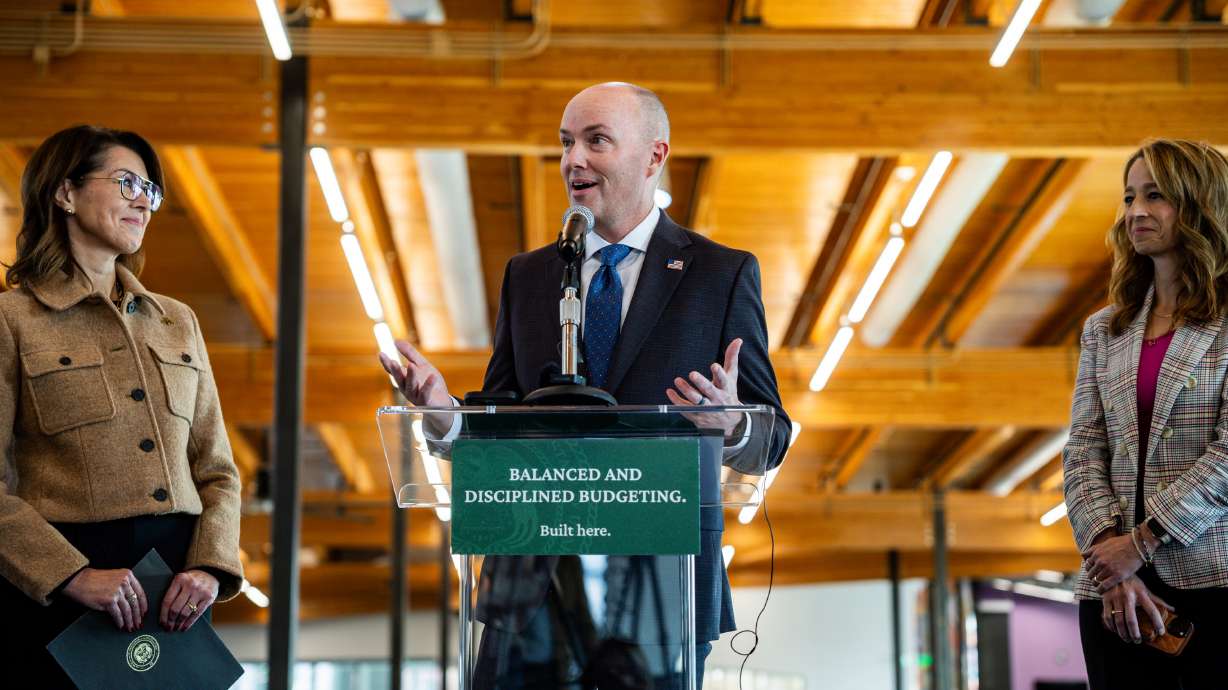It’s Time to End Isolation Rooms in Schools
Imagine your child, scared and crying, locked in a small, padded room because they were having a tough day. This happened over 1300 times in Utah schools in 2020. Isolation rooms, also called “seclusion rooms,” are used when children—often elementary students with disabilities—act out and cause a disruption.
But instead of helping, these rooms cause lasting trauma.
Isolation Hurts, It Doesn’t Help
Putting a child in a box and locking the door isn’t a solution. It’s punishment.
Research shows that isolation can make behavior problems worse, not better. Worse still, most children put in these rooms have disabilities, which raises serious questions about fairness and discrimination.
We’ve seen the damaging effects of isolation in other contexts. Human rights groups, policymakers, and healthcare professionals have long condemned the use of solitary confinement in prisons. Research shows that extended time in isolation leads to severe psychological damage.
If we know this to be true for adults, why would we subject children to something so harmful?
Children put into isolation rooms often urinate and defecate themselves while in seclusion. They can be heard calling for loved ones. I find it hard to believe anyone finds this effective.
There Are Better Alternatives
There are better ways to handle challenging behaviors. Teachers and staff need training in methods that support children, not scare them. Training should focus on relationship building, de-escalation techniques, and the neuroscience of brain development.
Schools like Northwest Middle School in Salt Lake district have implemented a school-wide system to create community. This approach has reduced bullying and other disruptive behaviors to the school day. And as a side benefit, it has reduced the number of students who are chronically absent.
Schools, stop using these isolation rooms and techniques. They don’t help you or the students you work with.







